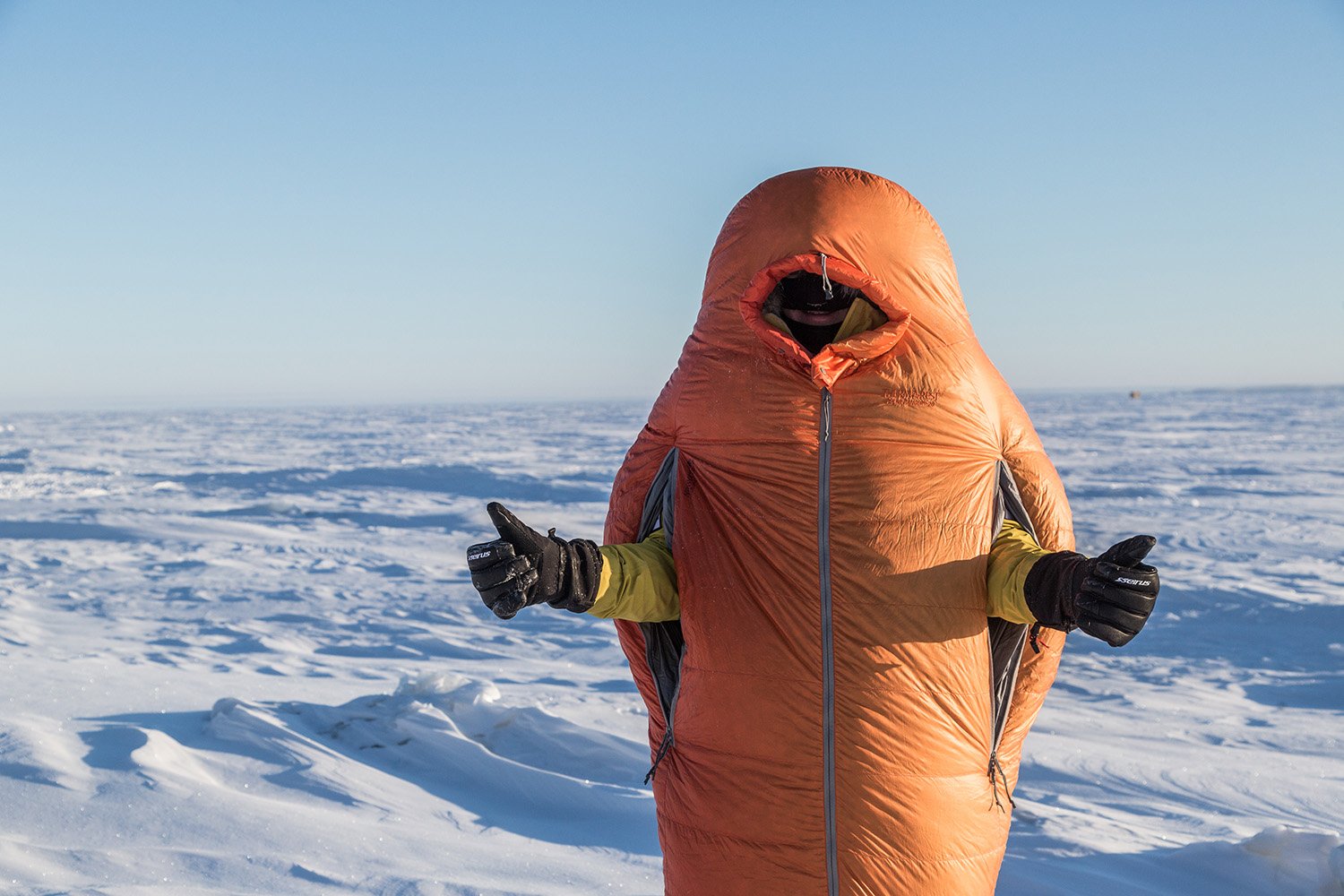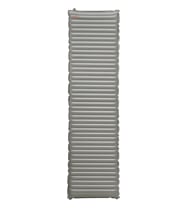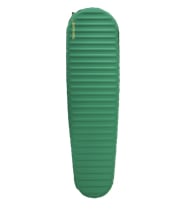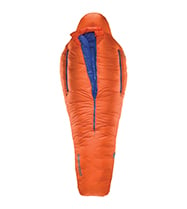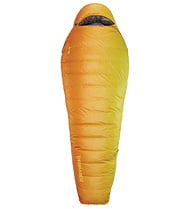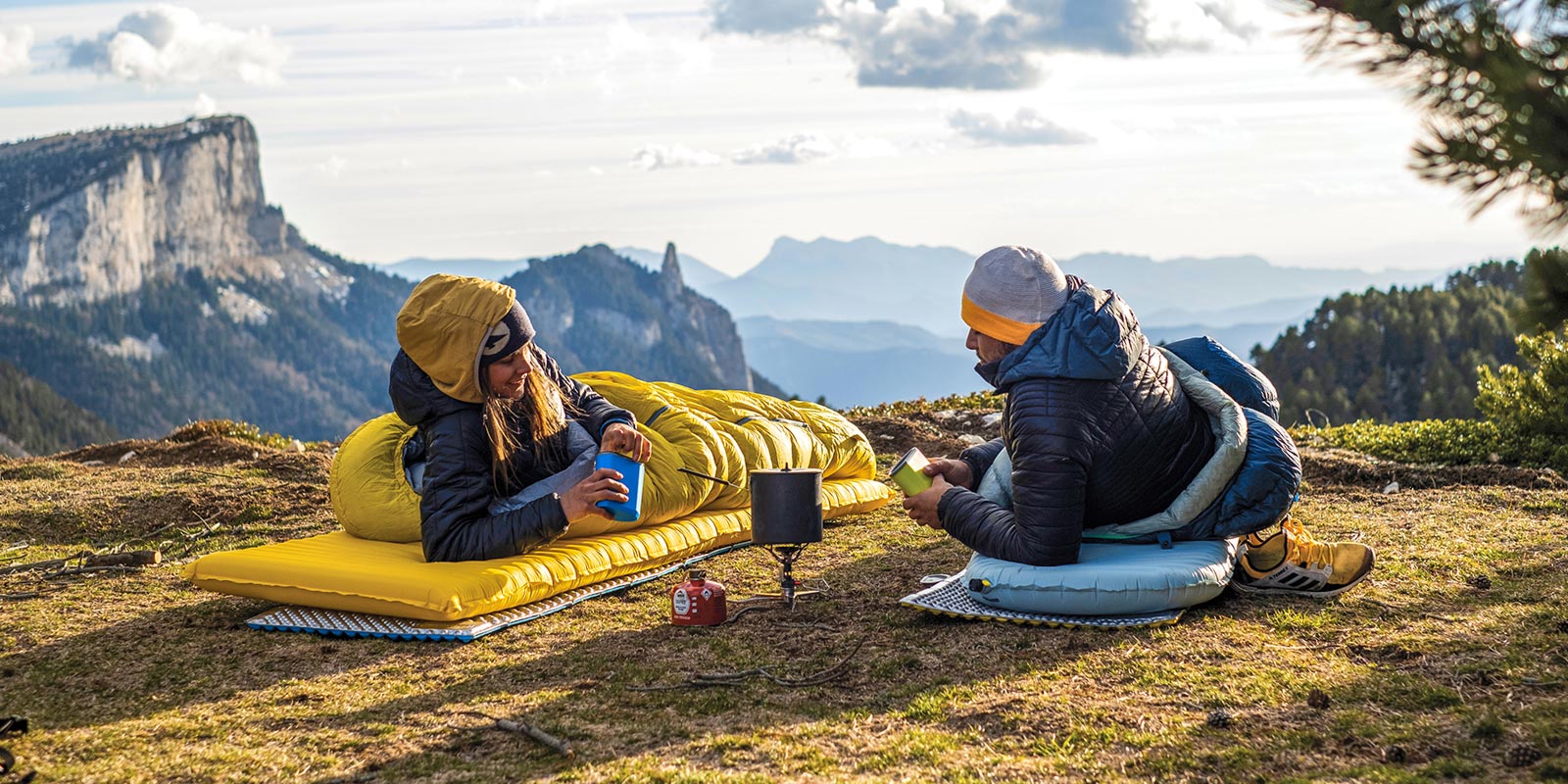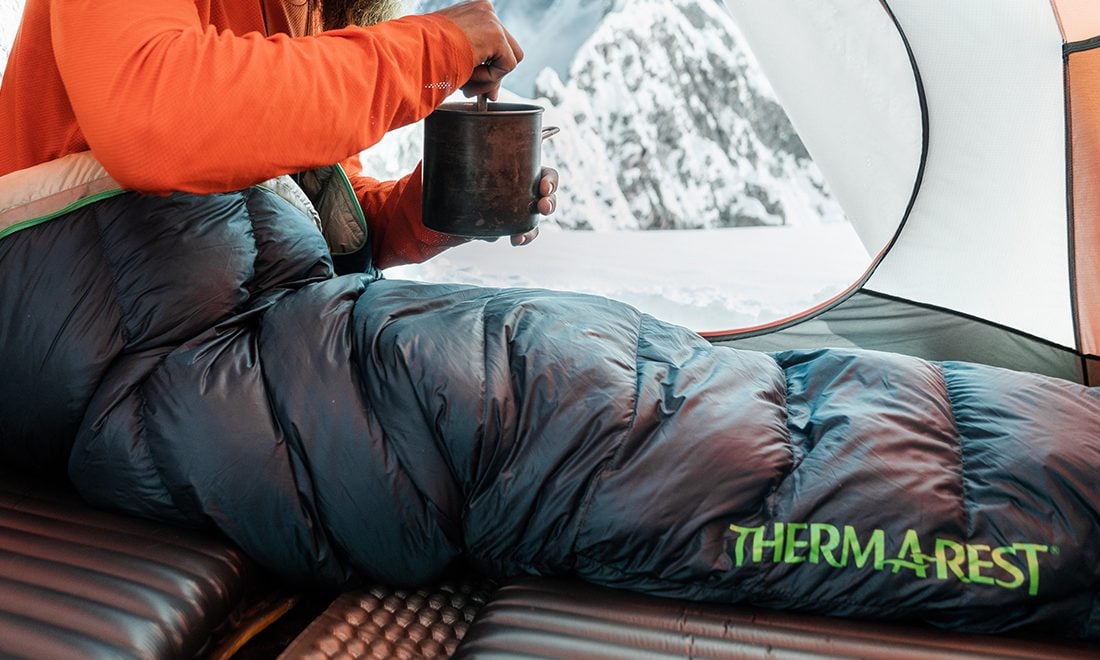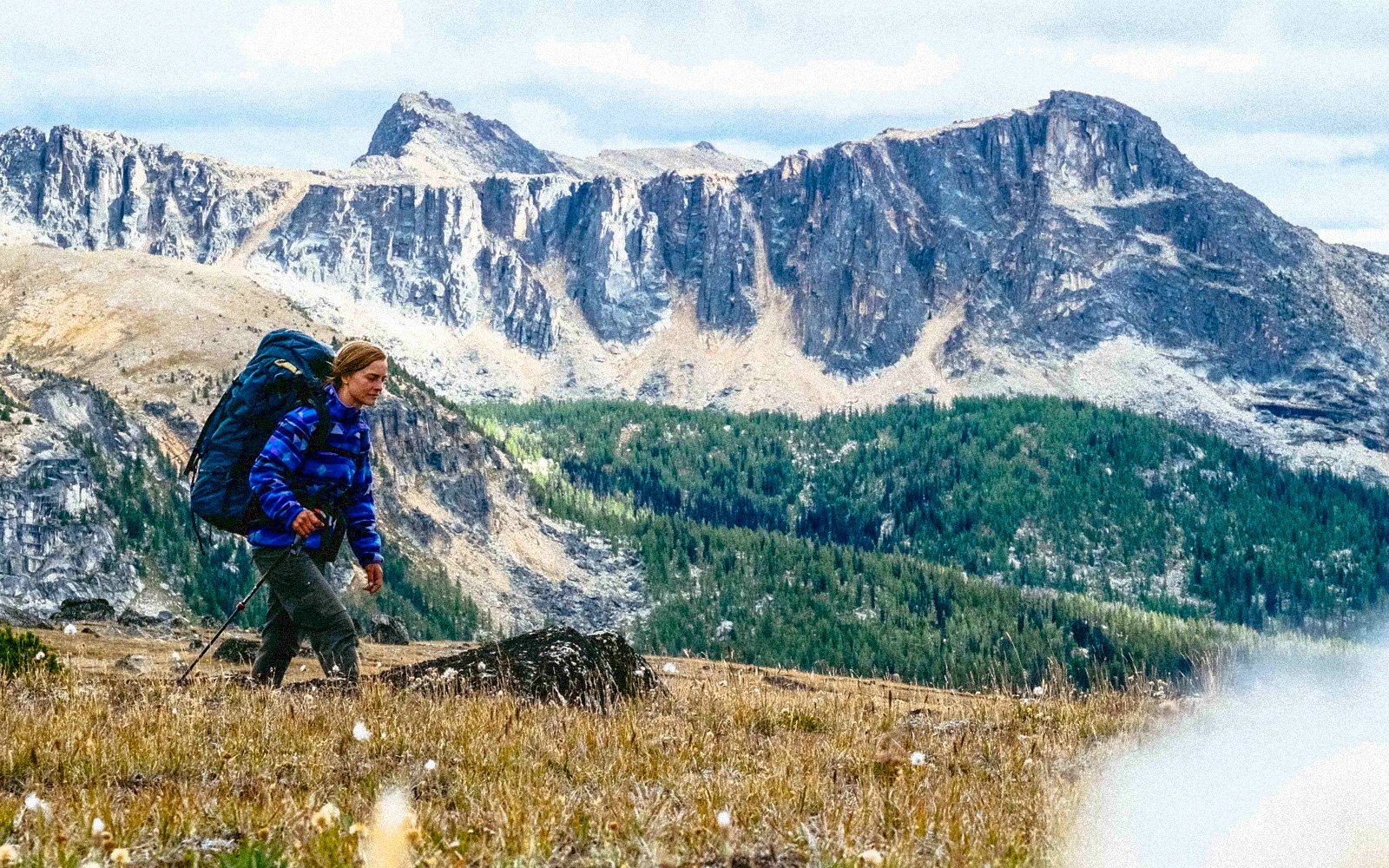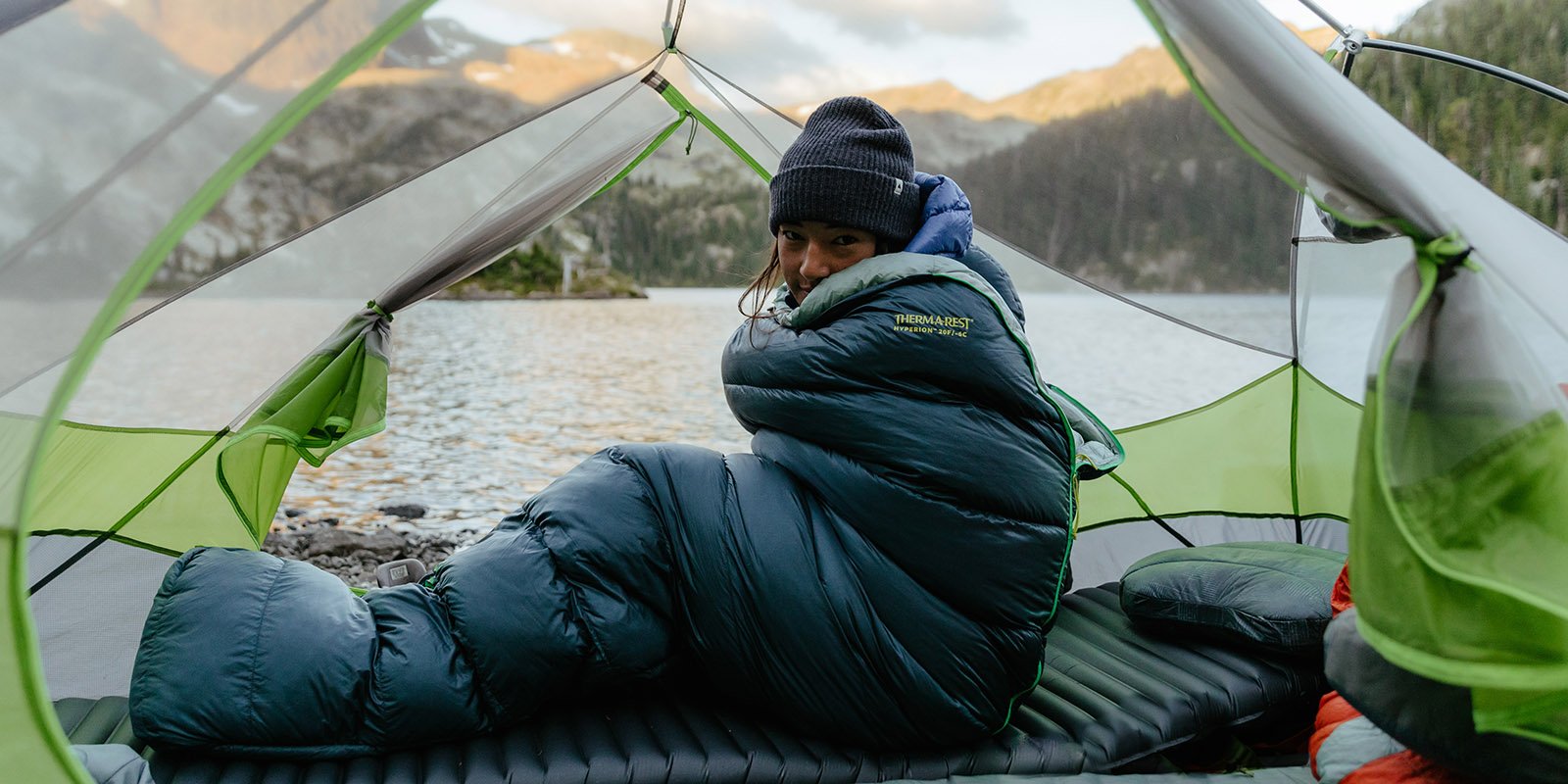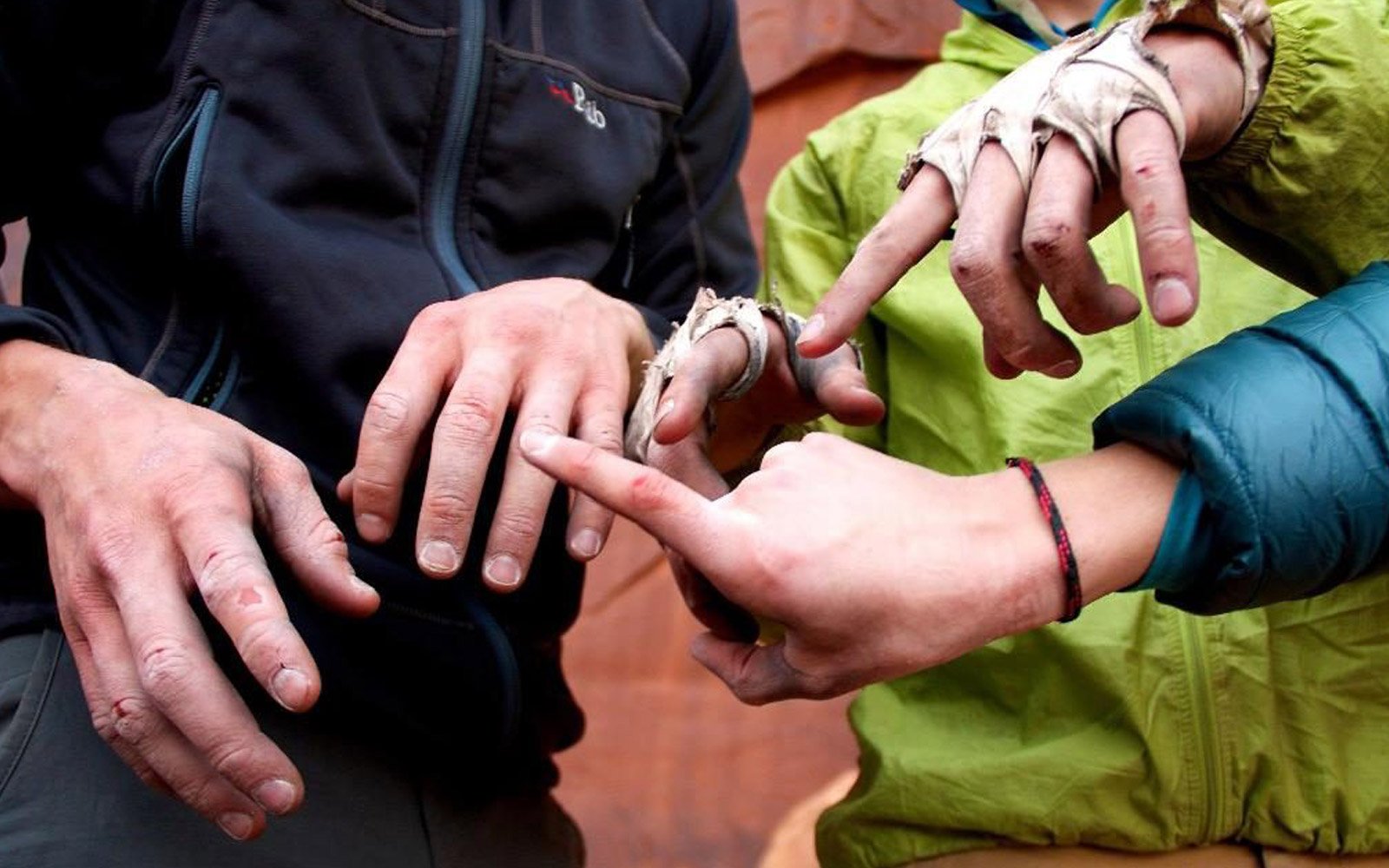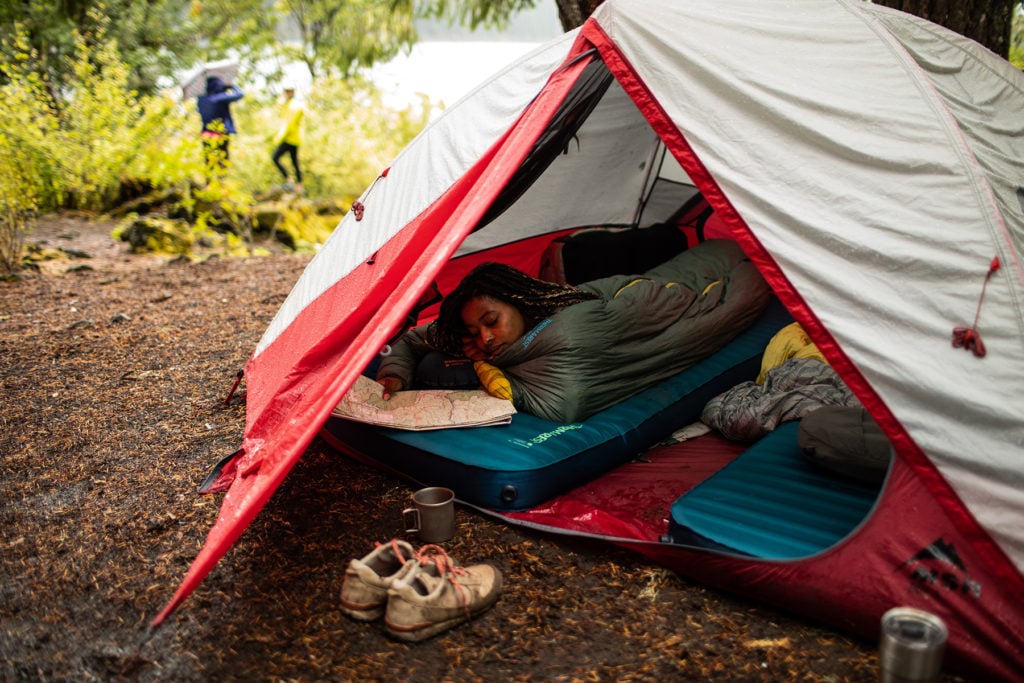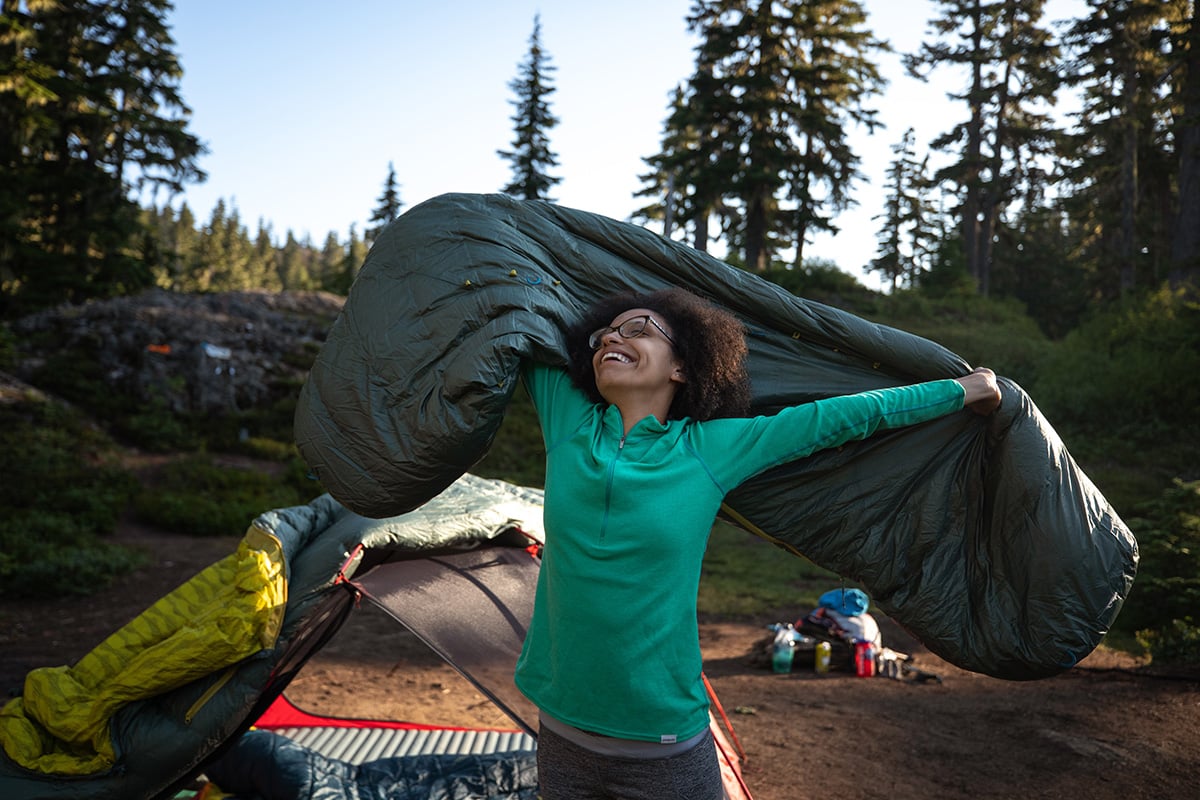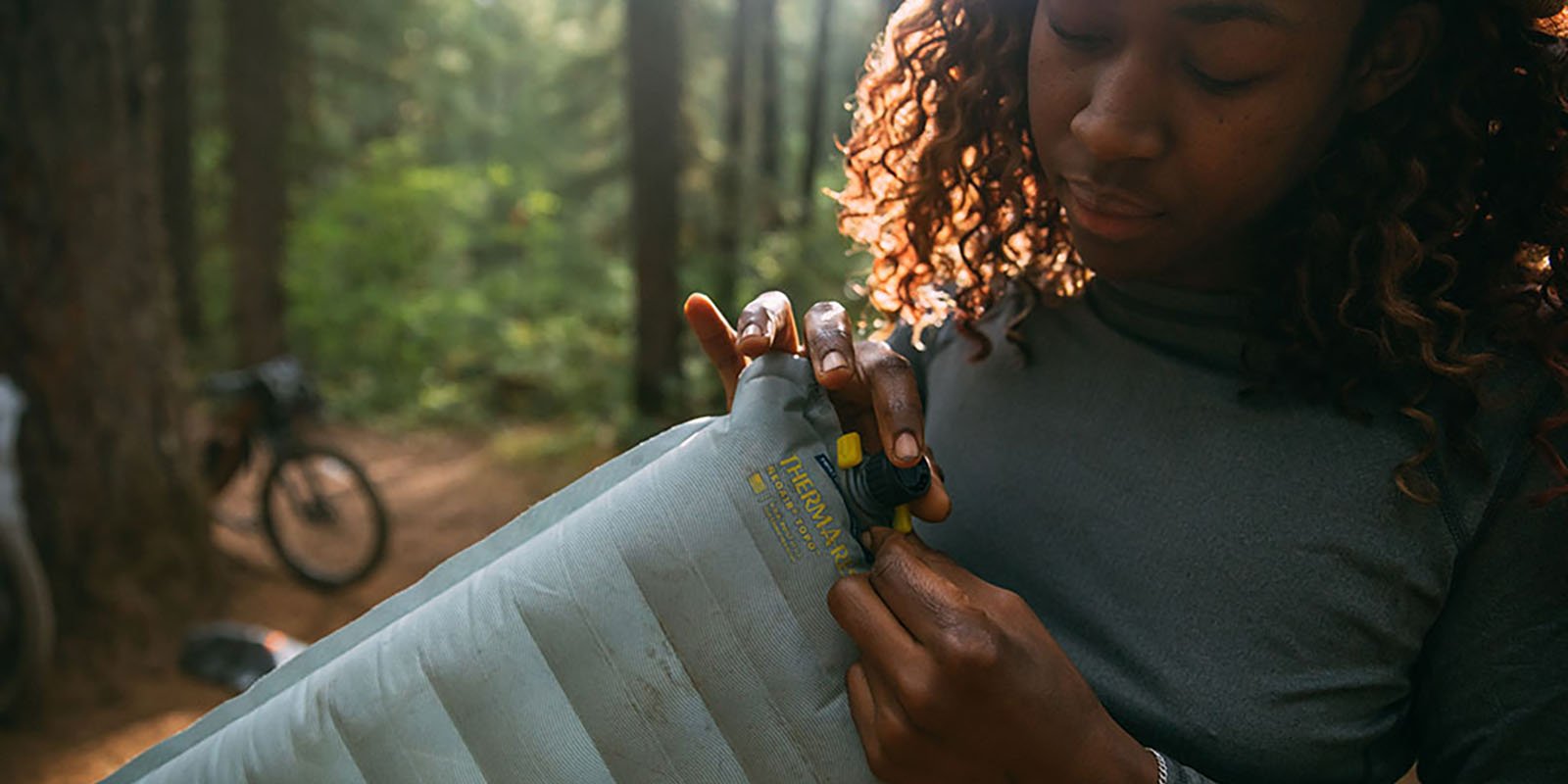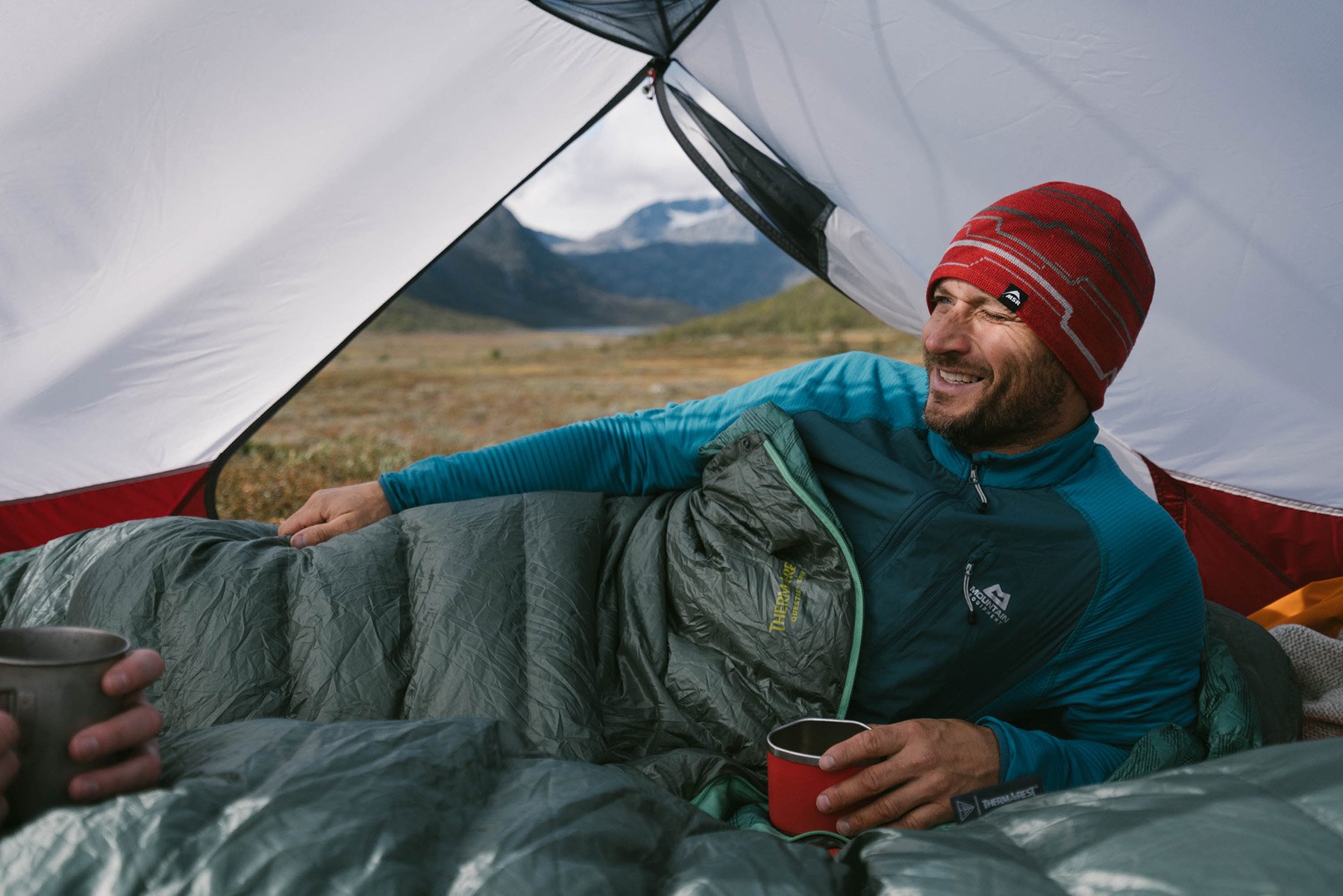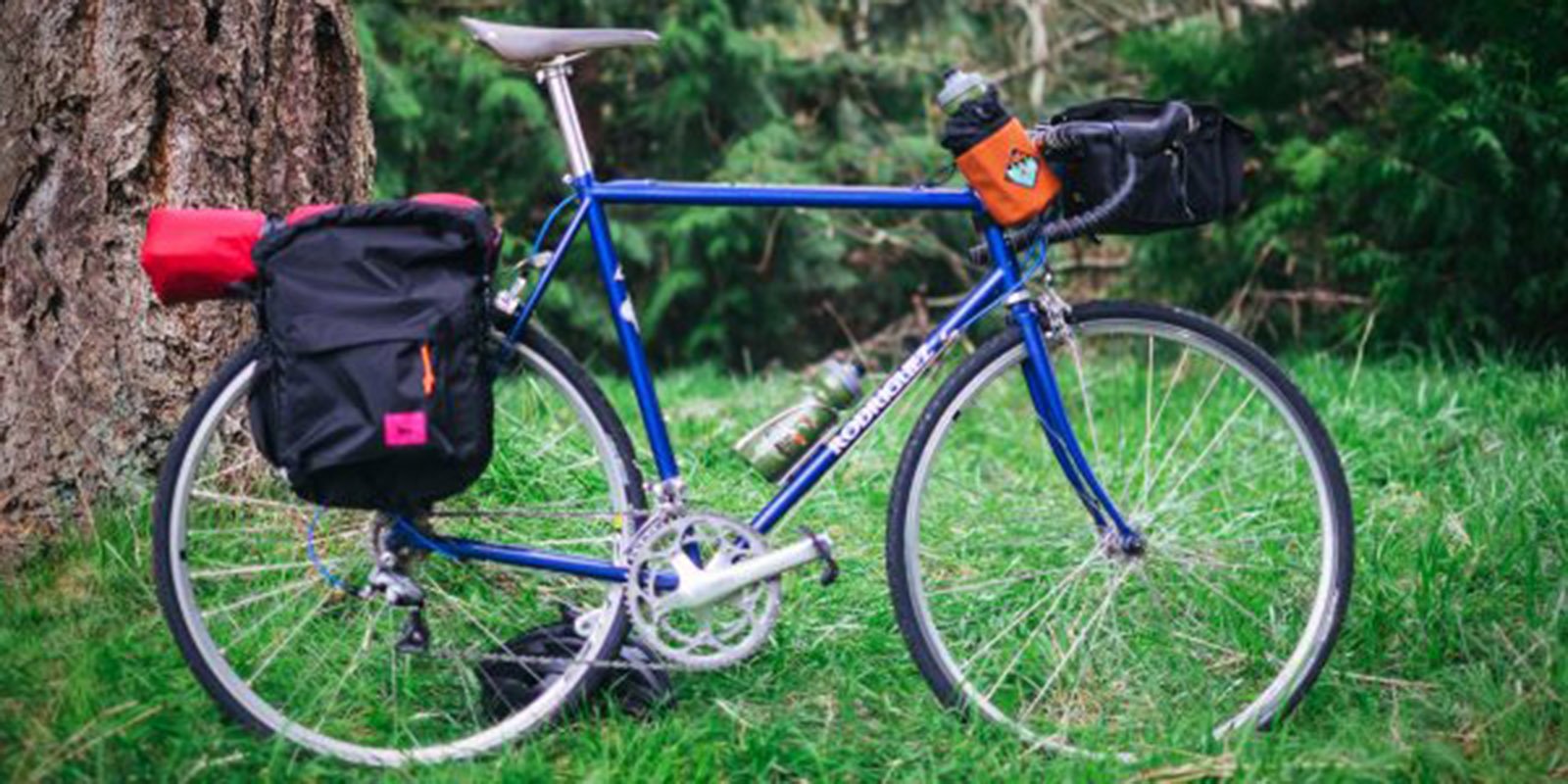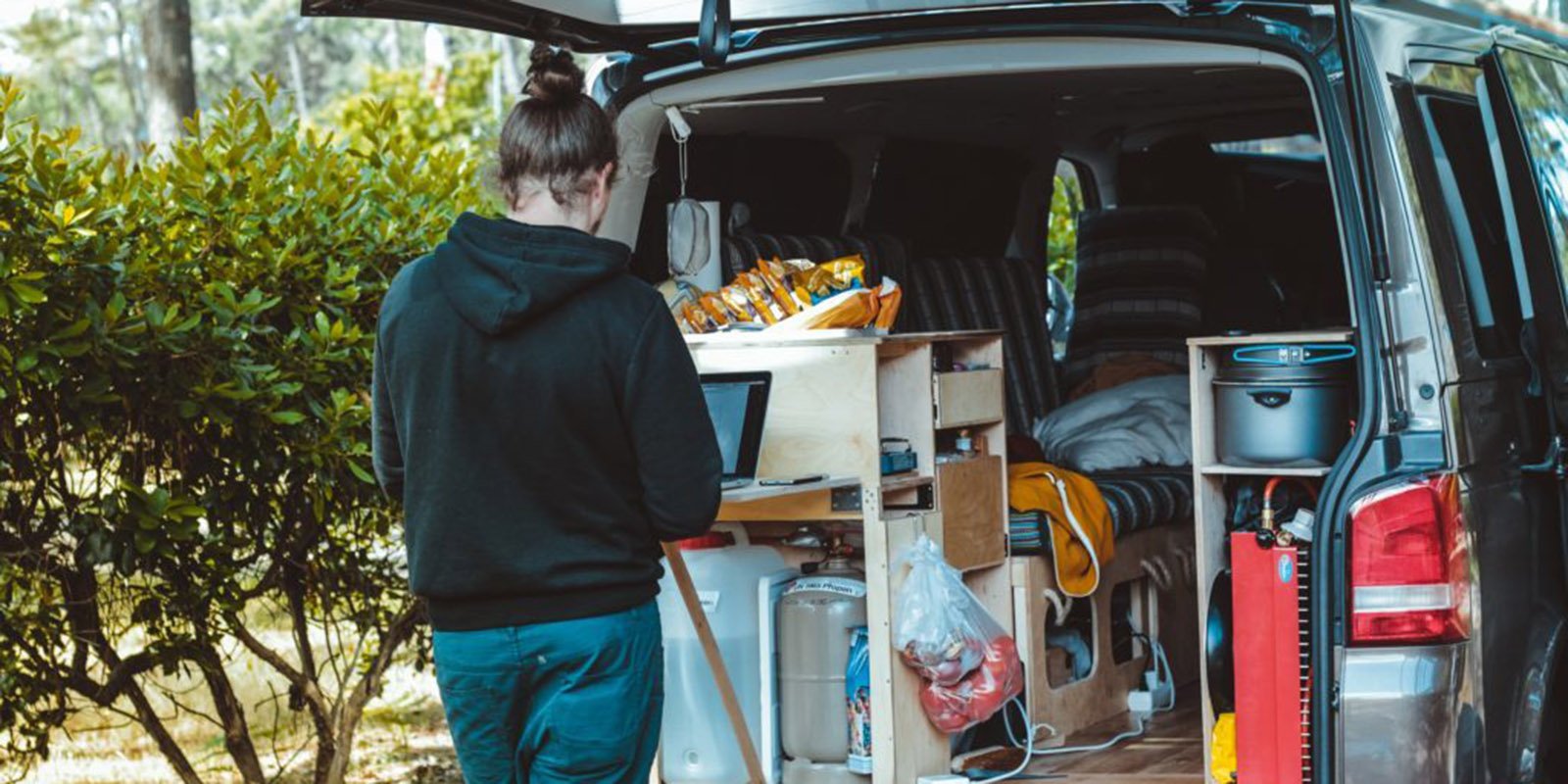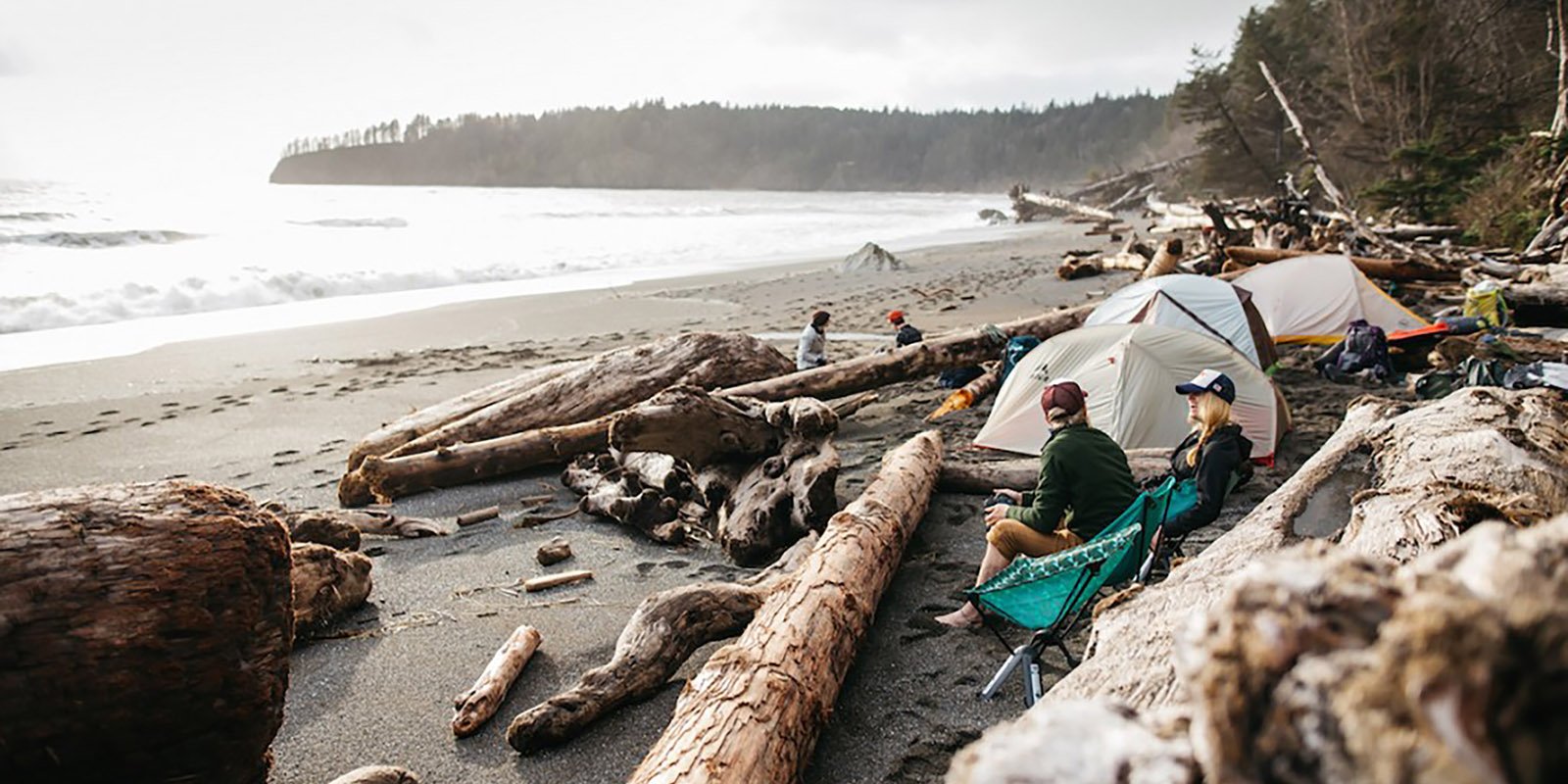Motivation to get outside during the off-season can fall as low as the mercury on a chilly November evening. But with a little planning and a few comfort-enhancing tricks, shoulder-season can be the perfect time of year for an adventure. Check out these seven pro tips and get inspired to stretch your season.
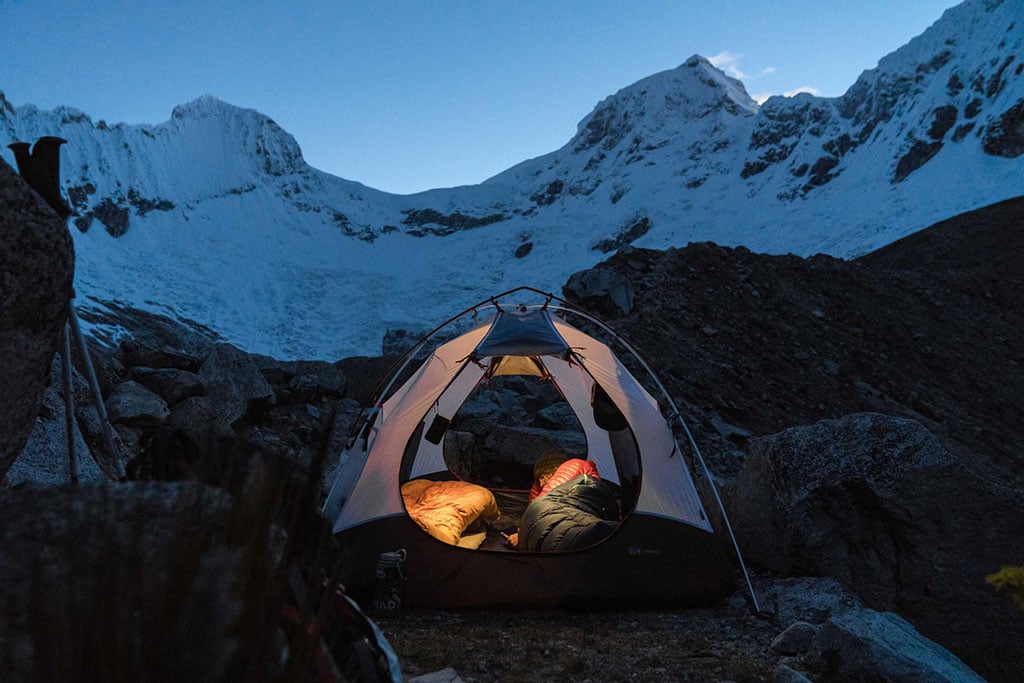
1. Pack Wool Socks
Sometimes it’s the simple pleasures in life … like putting on a thick pair of wool socks on a cold evening spent outside. Plus, they’ll be nice and dry. Another added benefit of packing wool socks is better sleep. “The foot-box of any sleeping bag is a notoriously challenging spot of the sleeping bag to keep warm,” note Alaskan adventurers Matt and Agnes Hage. “Burly socks, too thick for hiking, will keep your feet warm through the night.” For more from the Hages follow them @hagephoto.
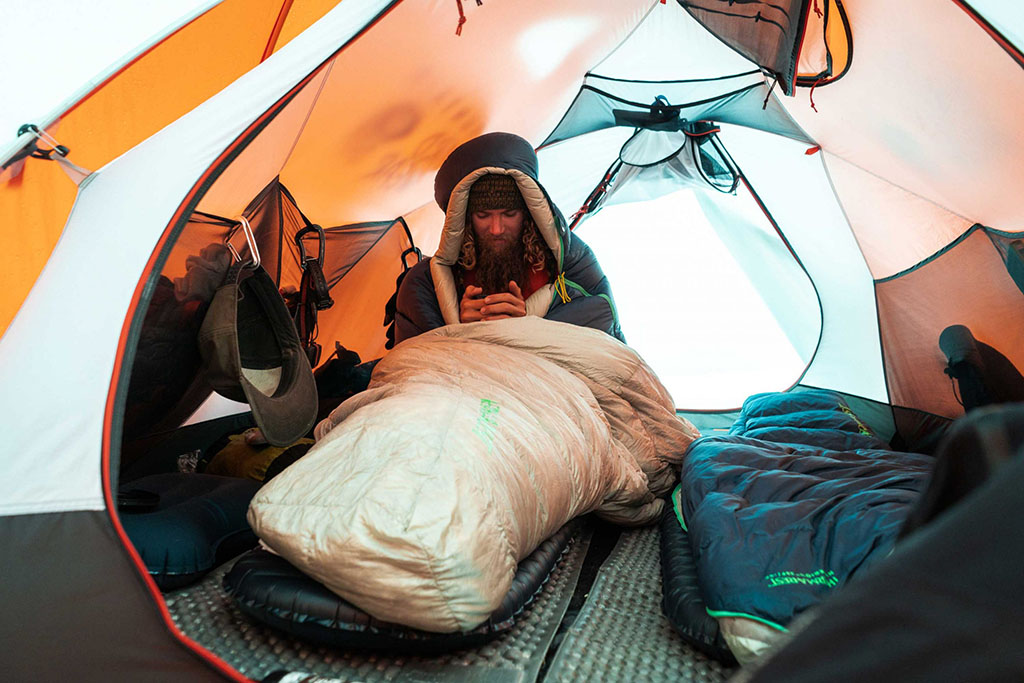
2. Use the Water Bottle Trick
When temps drop below freezing, the Hages pull out the water bottle trick. “Pack a wide mouth, uninsulated water bottle for hot drinks,” they explain. “Tighten the leak-proof lid [after filling with a hot beverage] and put it inside your jacket to warm you from the core.” The result? Precious degrees of added warmth that can make the difference between a restless or restful night.
3. Stay Dry
“I’m definitely more mindful of keeping everything dry,” says Polar explorer Eric Larsen. For Larsen, who trains during the shoulder-season for his winter expeditions, staying dry is a crucial skill that he hones during the chilly fall months.
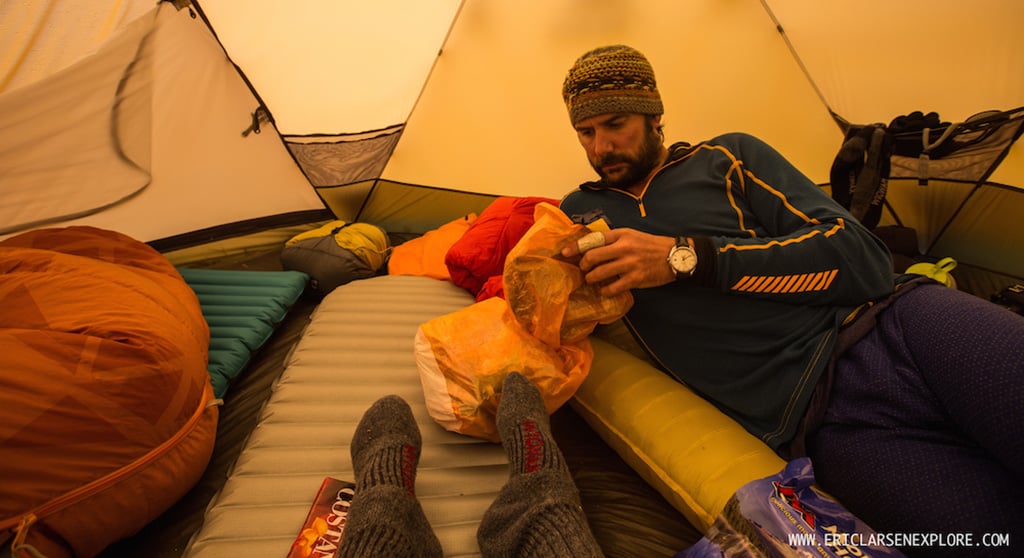
4. Upgrade Your Tent
“Use a tent with less mesh as it will be substantially warmer than a mostly mesh-style tent,” suggests Larsen. Upgrading to an all-season shelter may mean adding a little weight to your pack, however, when the cold winds blow, the burlier design of a winter-ready tent will add the warmth and security you need to sleep through the night.
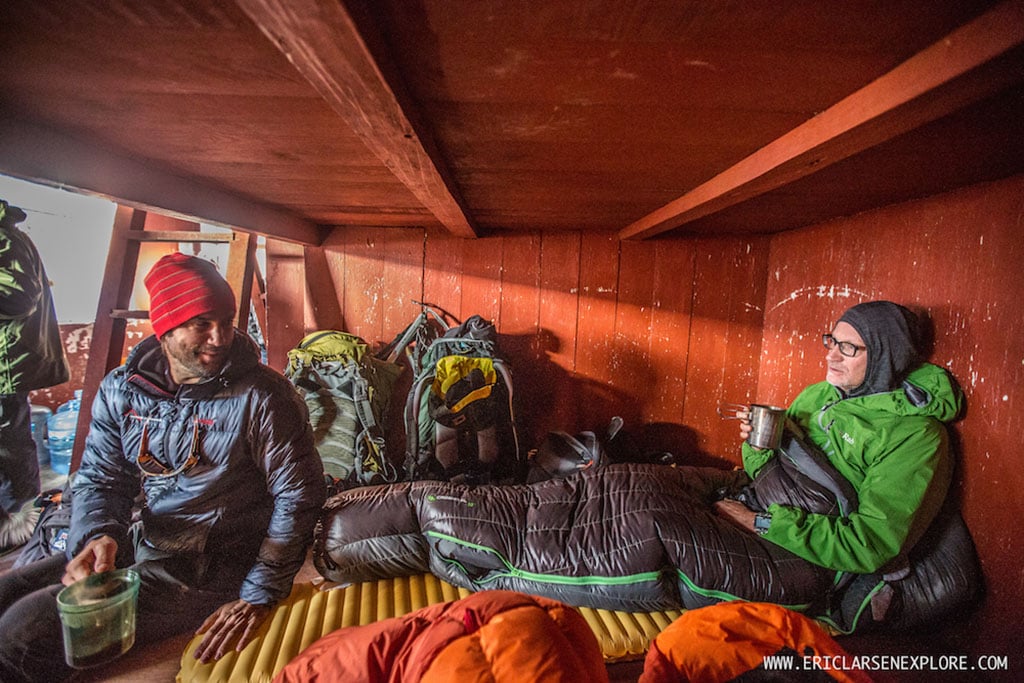
5. Switch to a Full Size Mattress
Larsen says he switches to a full-length Therm-a-Rest sleeping pad for colder outings. “You can lose a substantial amount of heat while sleeping on a shorter pad,” he says. “You may also want to bring an extra RidgeRest to place under your pad (especially if it is a summer rated 3/4 length).
6. Bring Your Dogs
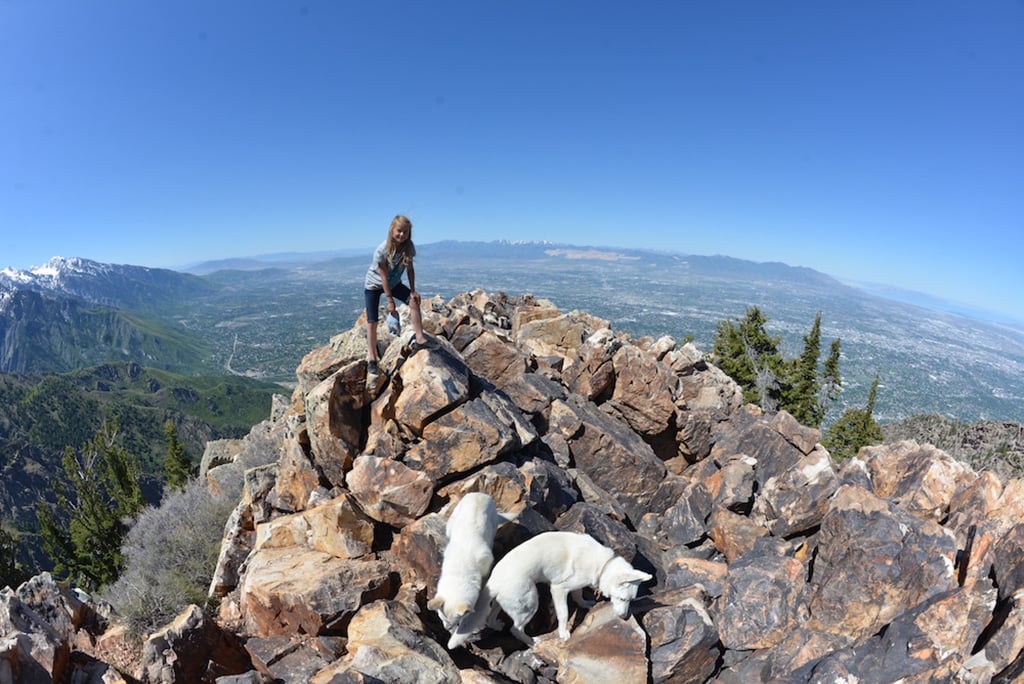 Photo: Mike Libecki
Photo: Mike LibeckiPro climber and adventurer Mike Libecki gets motivated to train in the off-season by his furry canine friends. “I have two white German Shepherds that live for running in the mountains,” says Libecki. “Temps are cool, and whether wind, rain or snow, there are always some fun weather surprises that they love.” Of course another added benefit is having a warm body to snuggle in the tent!
7. Practice the Art of Suffering
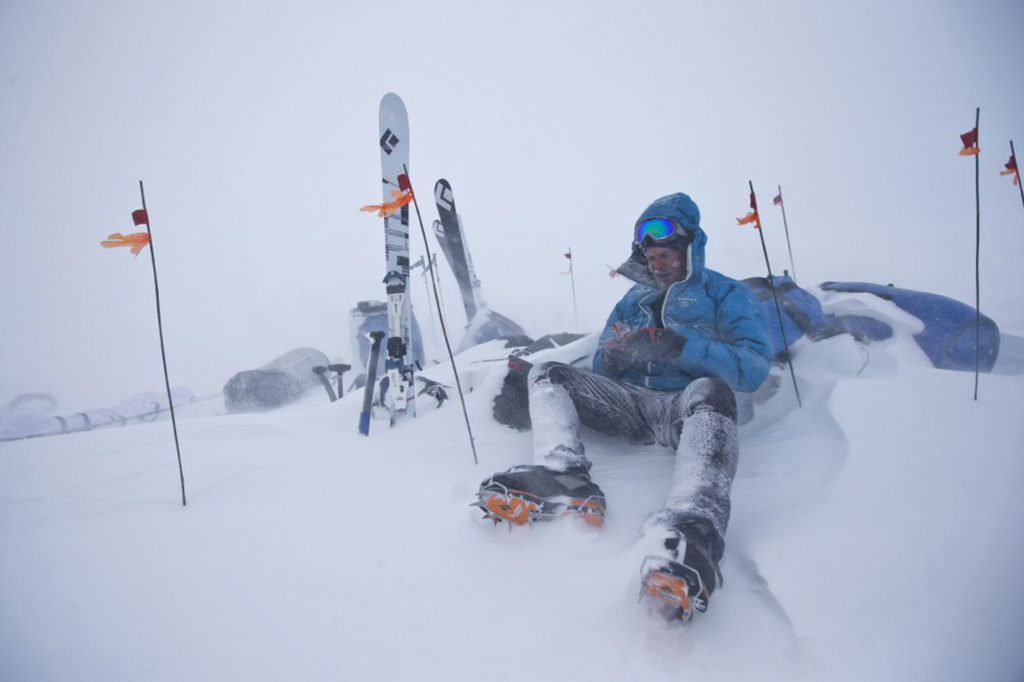 Mike Libecki enduring the immaculate mayhem of suffering, where it does not have to be fun to be fun, in Queen Maud Land, Antarctica during the first ascent of Bertha’s Tower. Photo: Cory Richards
Mike Libecki enduring the immaculate mayhem of suffering, where it does not have to be fun to be fun, in Queen Maud Land, Antarctica during the first ascent of Bertha’s Tower. Photo: Cory RichardsFor Libecki, shoulder-season is the perfect time of year to prepare for extreme adventures in a low-consequence setting. “One of my favorites of shoulder-season is ‘intentionally’ going on a big hike or peak-bagging session and having to open bivy with minimal gear,” he says. “This prepares me for suffering when it’s not an option on big climbs and expeditions.” Libecki says he only takes what he would bring for a “push on a climb, like rain gear, lighter, headlamp, and maybe a bivy sack.” “There’s nothing like shivering most of the night and the sun finally coming to warm up the day, or getting hit by a random rain or snow storm and having to figure out a way to survive. And since it’s local, soon I’m down at my favorite Mexican place having beers with friends.”
Related Posts:
